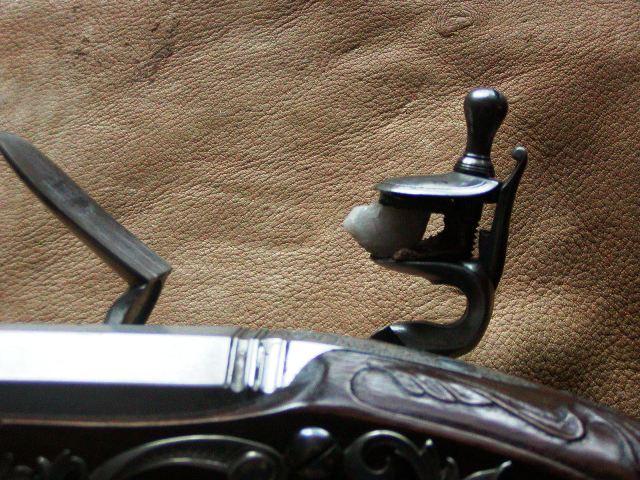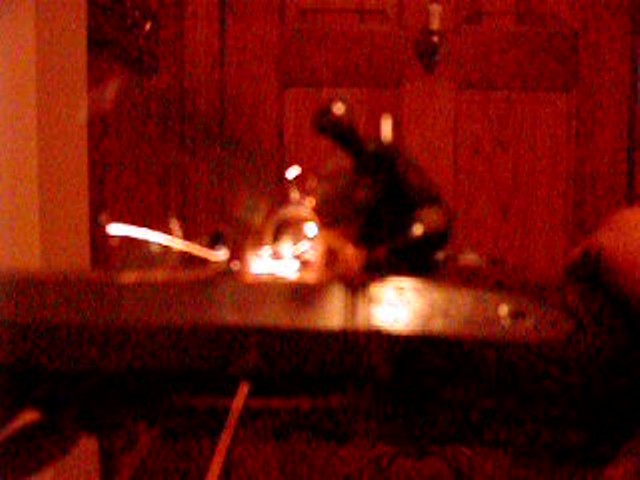Pete G
76 Cal.
Check your math...0.772" is more than 3/4".


Check your math...0.772" is more than 3/4".
That is diameter, not wall thickness.Go look at Colerain's website under Barrel Diagrams.
Under the Early American profile, "C"-weight, the waist measurement is listed as 0.772".
You made me look. From Colerain website. .772” is thinnest dimension across the flats at the waist, not wall thickness. Also Colerain shows 54 cal as maximum in C weight swamped barrels (except for the heavier Classic American profile).As far as the barrel wall thicknesses are concerned, I am basing my design against the standard thicknesses that Scott at Colerain uses for the 38", "C"-weight, .58 caliber, Early American barrels with, or without, a gain twist. Apparently, Colerain doesn't feel that they are compromising strength in any way as they have been selling barrels with a 0.772" wall thickness in the waist for some time now.


Before your osteoarthritis did you have problems with recoil? If so, how did you handle them?
My early recoil issues (with unmentionables) resolved by improving my gun mount. When I started with BP I found recoil to be less a sharp jolt and more of a push. Getting the butt into my shoulder pocket and pulling it in tight as I acquire the target and fire has been my solution. While I do not have significant arthritis, I have suffered three torn rotator cuffs (not from recoil!) and have been able to shoot comfortably as described.
Jim Kibler's round-faced English flintlock is definitely at the top of my list of lock choices. To be fine tuned by Brad Emig.Hi RJ,
I get your reasoning, however, Mike's game creeper is a fantasy gun and I still urge you to mount a butt plate on a big bore rifle. My other recommendation is to use either Chambers round-faced English lock or Jim Kibler's colonial lock. The Chambers early Ketland is a good lock but the other two are better. They have taller frizzens and larger flint cocks. They produce sparks even when covered in greasy fouling. The round-faced lock on the rifle I showed fired 671 rounds using only 10 flints without a hang or misfire.
dave


What does your load look like for your Kibler .58? I ordered mine just todayThe Kibler Colonial barrels of 50-58 cal all have identical exterior dimensions enabling interchangeability with the same stock/components. I have both a 50 cal and 58 barrels for my rifle. Fit is exact.
Owning both a 58 and a 62 caliber, I’m not so sure that the “view would be worth the climb”, machining the Kibler 58 cal to a 62 cal. If a gain twist produced additional accuracy, it would be hard to realize it, at least given the performance of my 58 Kibler barrel. I get great accuracy without swabbing for at least 12-15 shots, and it’s usually the carbon ring formation that dictates the need to swab as opposed to eroded accuracy, or difficult loading due to main barrel fouling.
Enter your email address to join: